
Peoples and Languages
Social Media
Leave comments, suggestions, keep an eye on news in our groups on VK, Odnoklassniki and Telegram channel


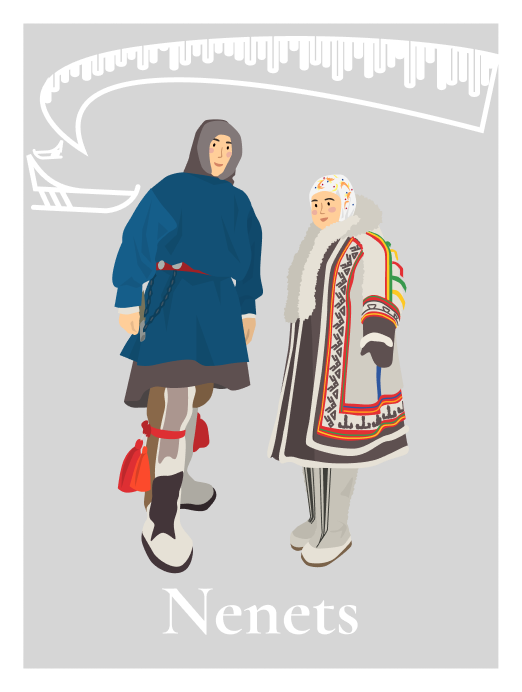
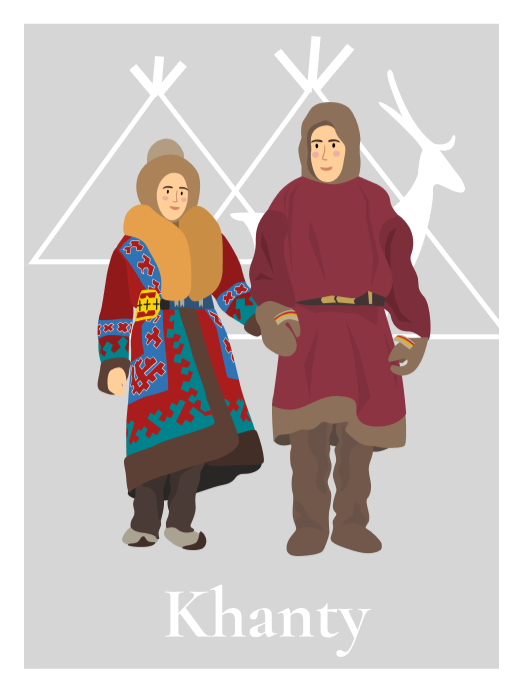


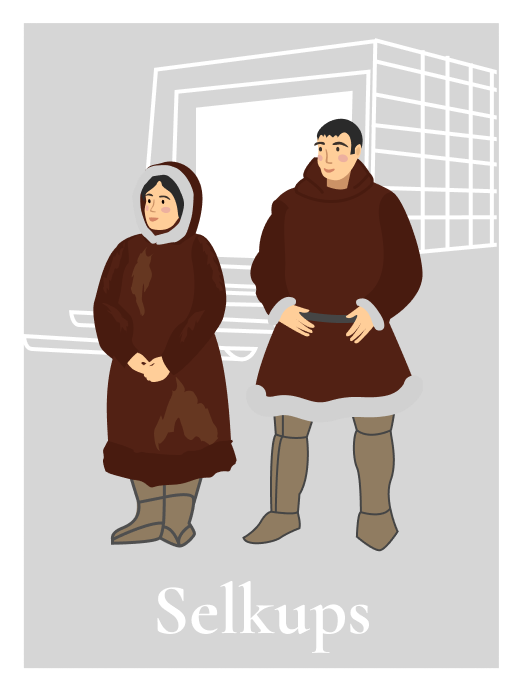
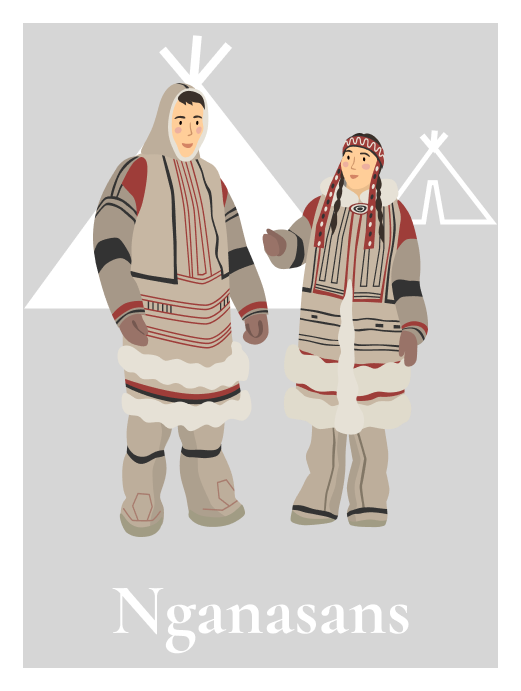
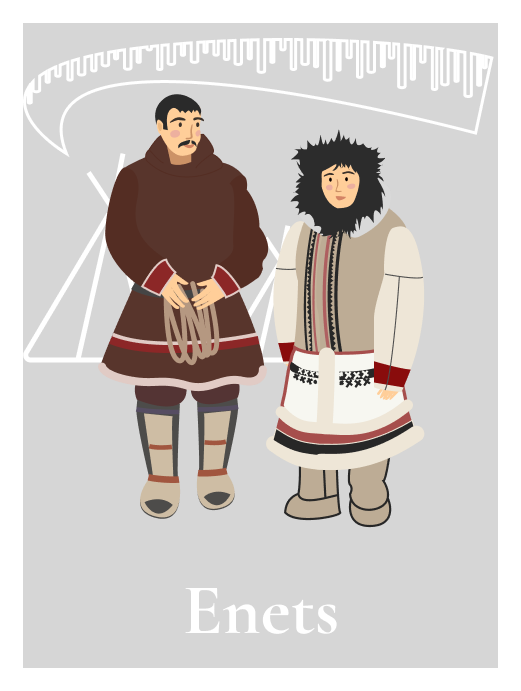
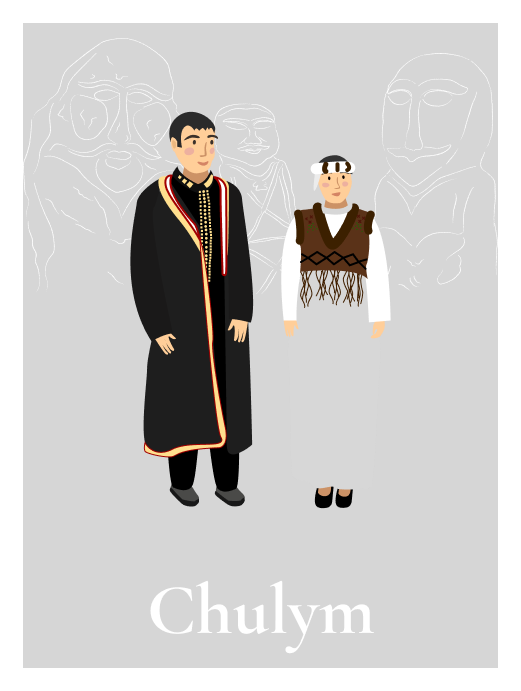
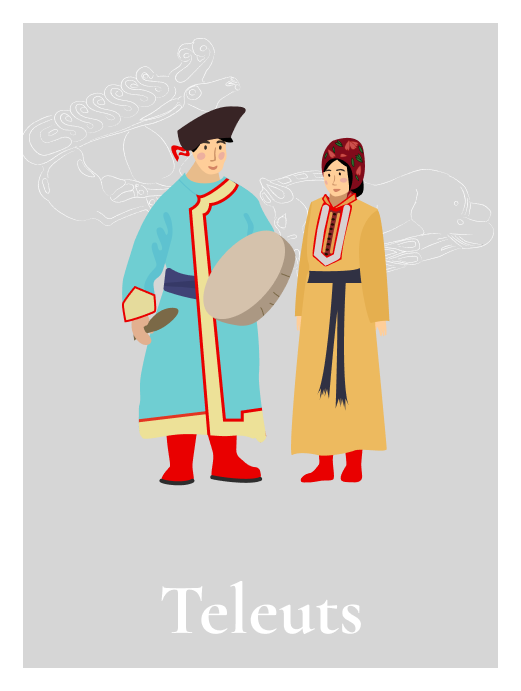


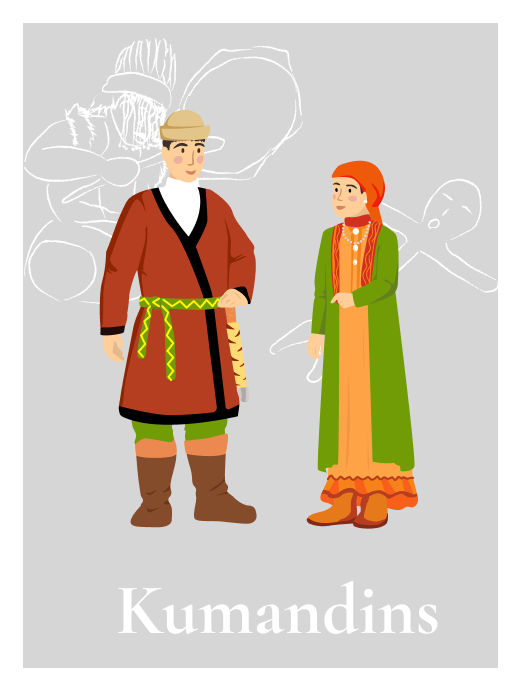

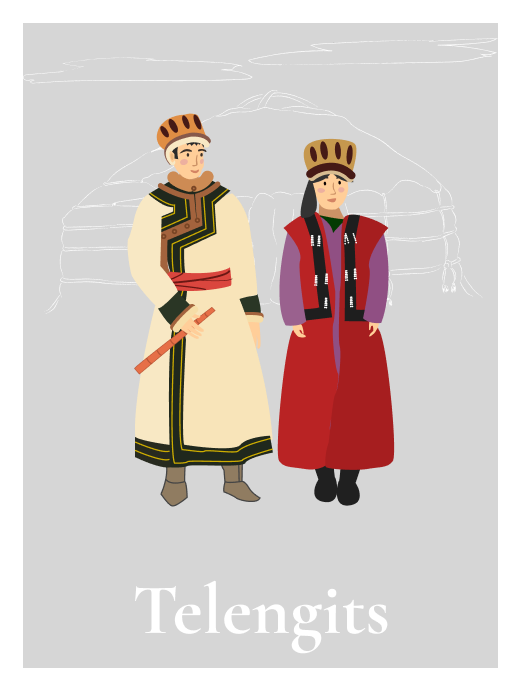

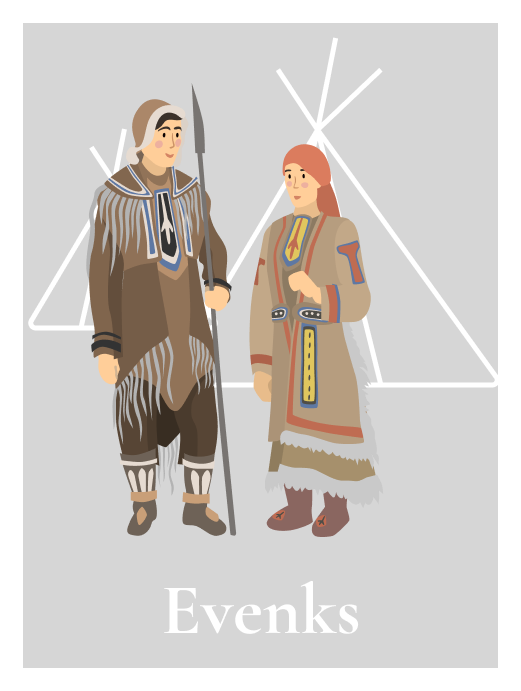
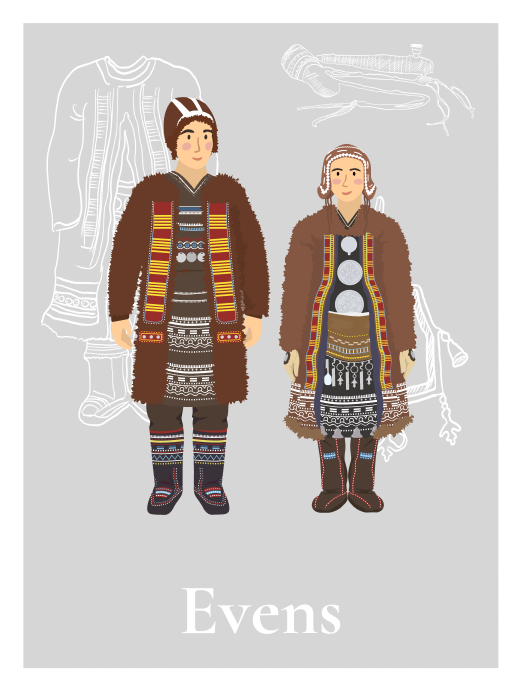
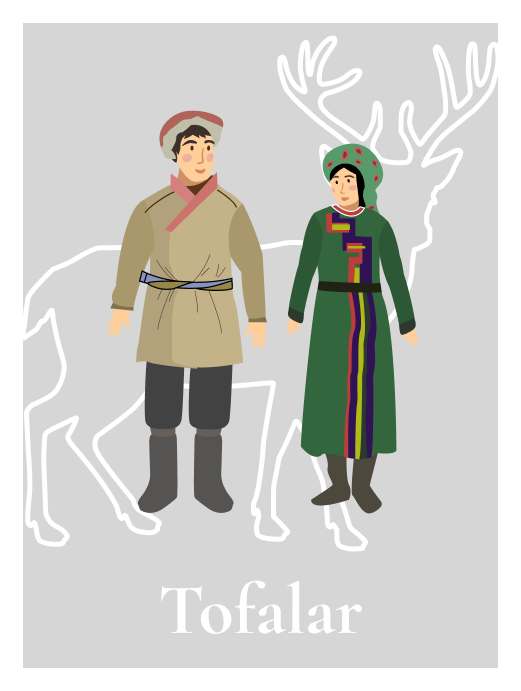
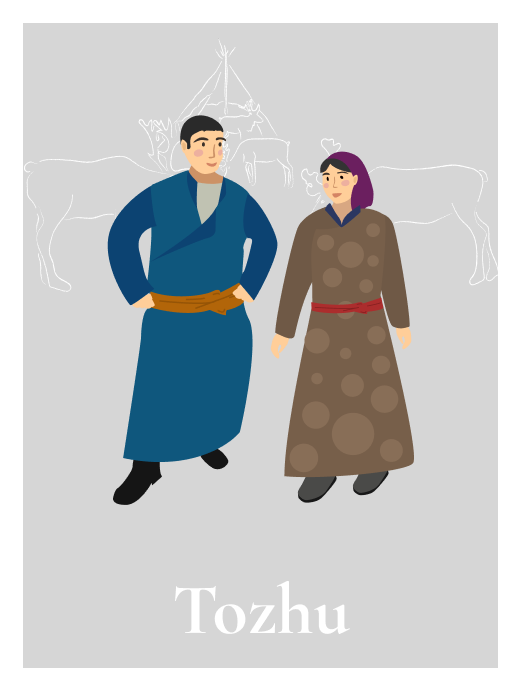
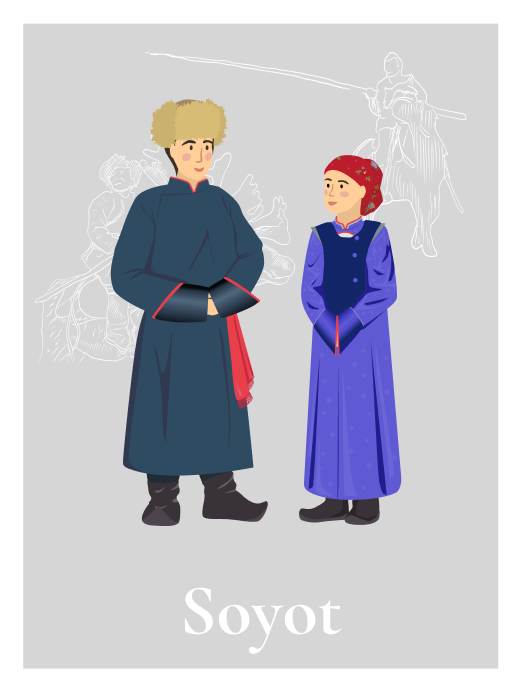
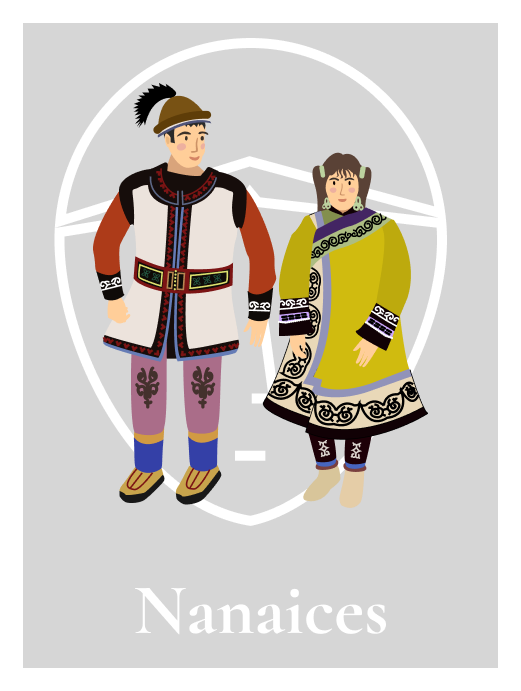
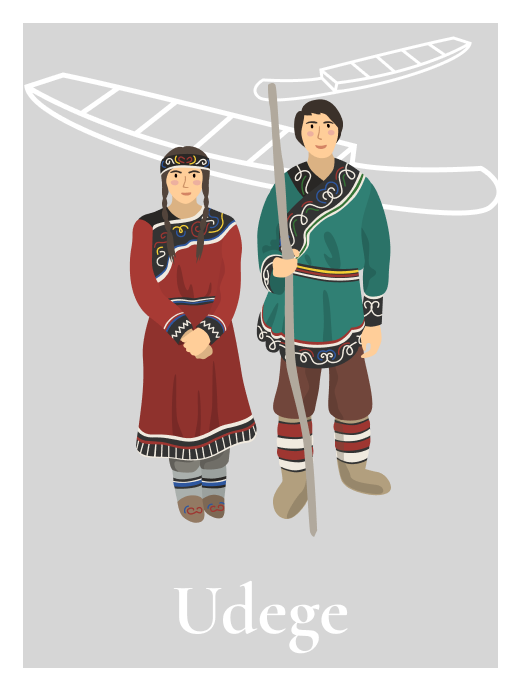

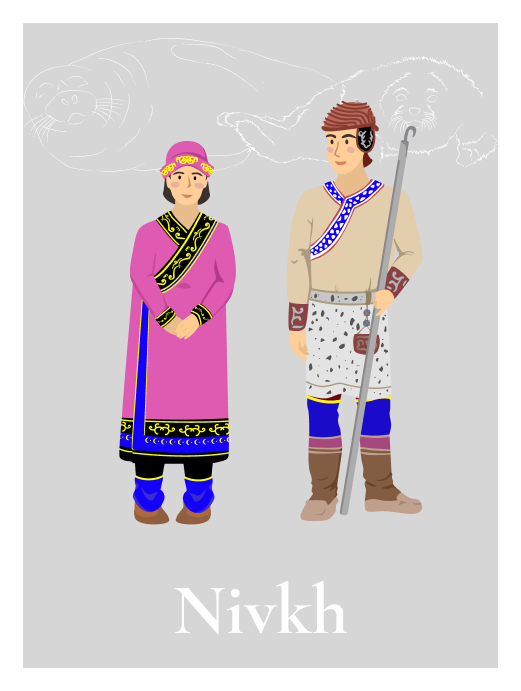
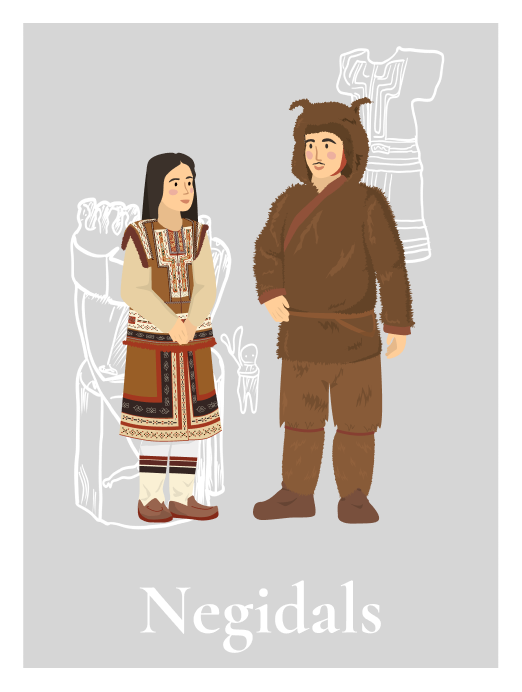
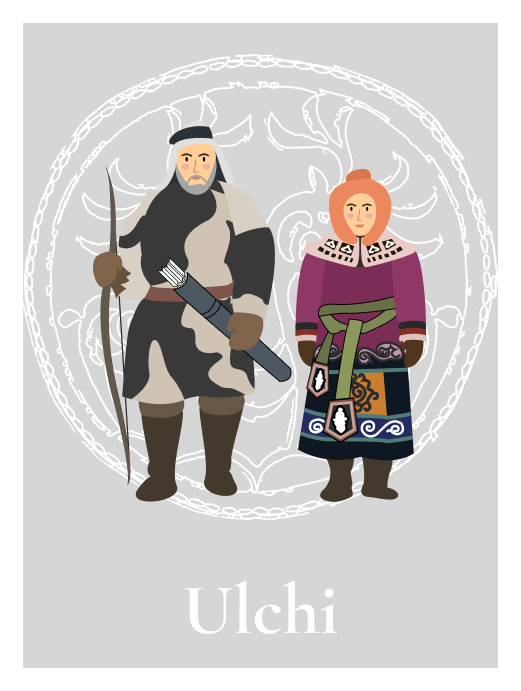


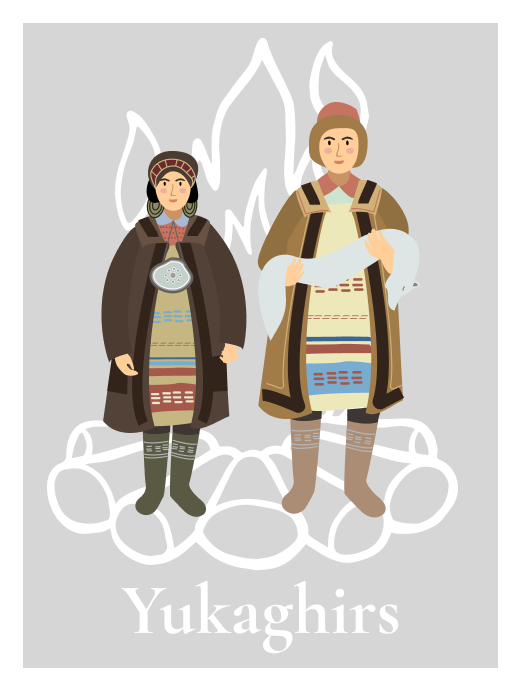
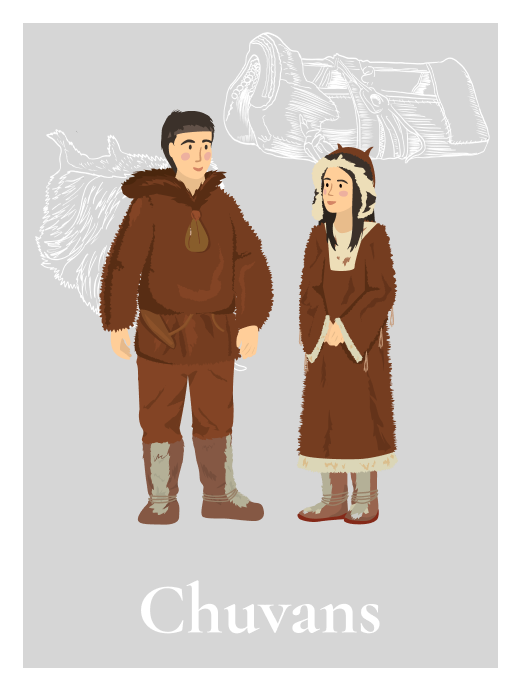
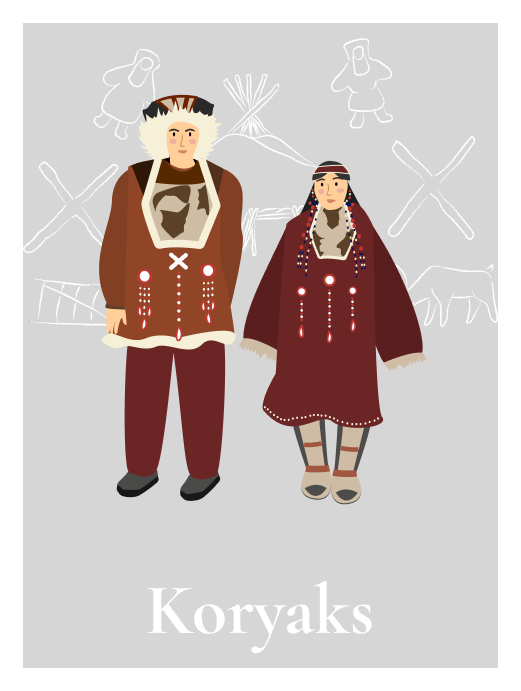

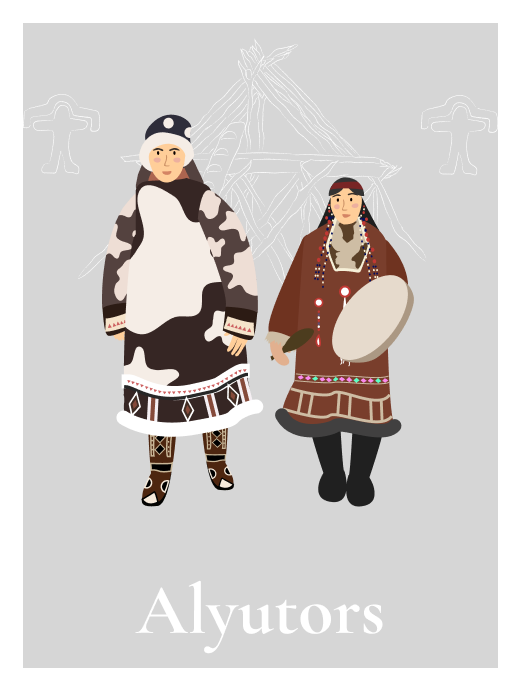


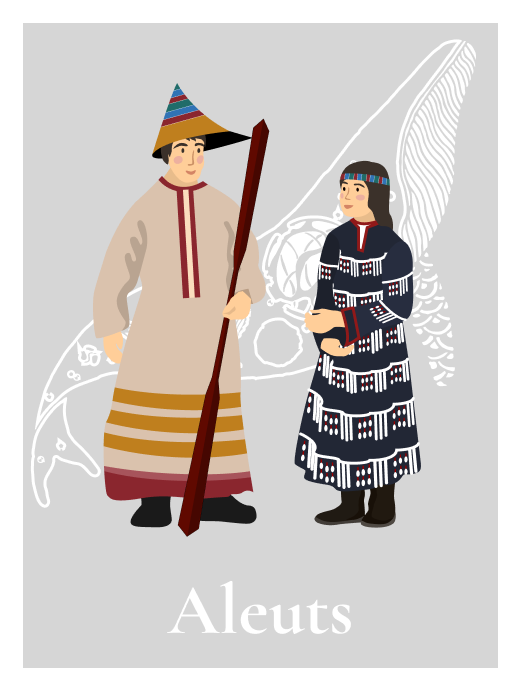

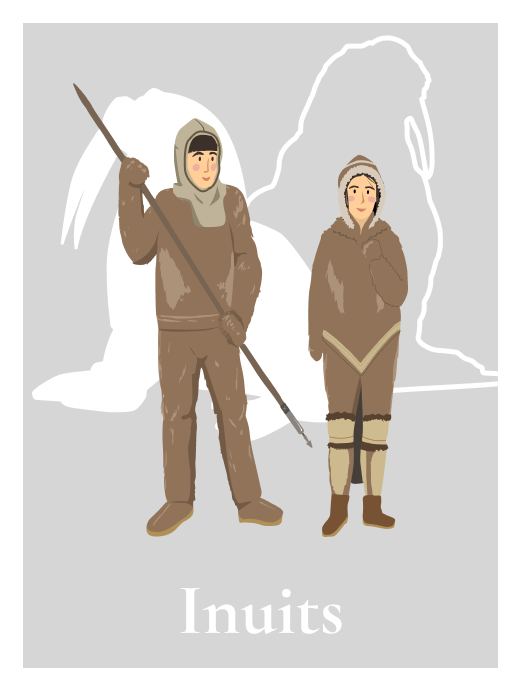
In pre-Soviet times, sedentary inhabitants of the Penzhinskaya Bay and nomadic reindeer herders in the northern part of the Kamchatka Peninsula were commonly referred to as Alyutorss. Inhabitants of the shores of Kamchatka were called Lyutors or Alyutors, and their language had a certain similarity to that of Alyutorss. In the 1930s, all these groups (sedentary Alyutorss, reindeer herders, and Alyutors) were referred to as Nymylans in accordance with the self-designation of Alyutors and certain other sedentary groups, whereas their language was called Nymylan or Alyutors.
In the 2010 All-Russian Population Census, the Alyutor ethnonym was not mentioned and only 25 people indicated that they considered their native language to be Alyutor, since its speakers identified themselves as Koryaks or Nymylans, and considered their language to be Koryak or Nymylan. Yukari Nagayama, a Japanese field researcher, calculated that in 2015 around 200 people spoke Alyutor and related dialects. They were all residents of the Kamchatka Territory. The youngest Alyutor speakers are approximately 50 years old. In October 2021, during the online transmission of the Dulzon Readings International Conference (September 15–16, 2021), audience members asked the Japanese linguist to estimate today’s number of Alyutor speakers.
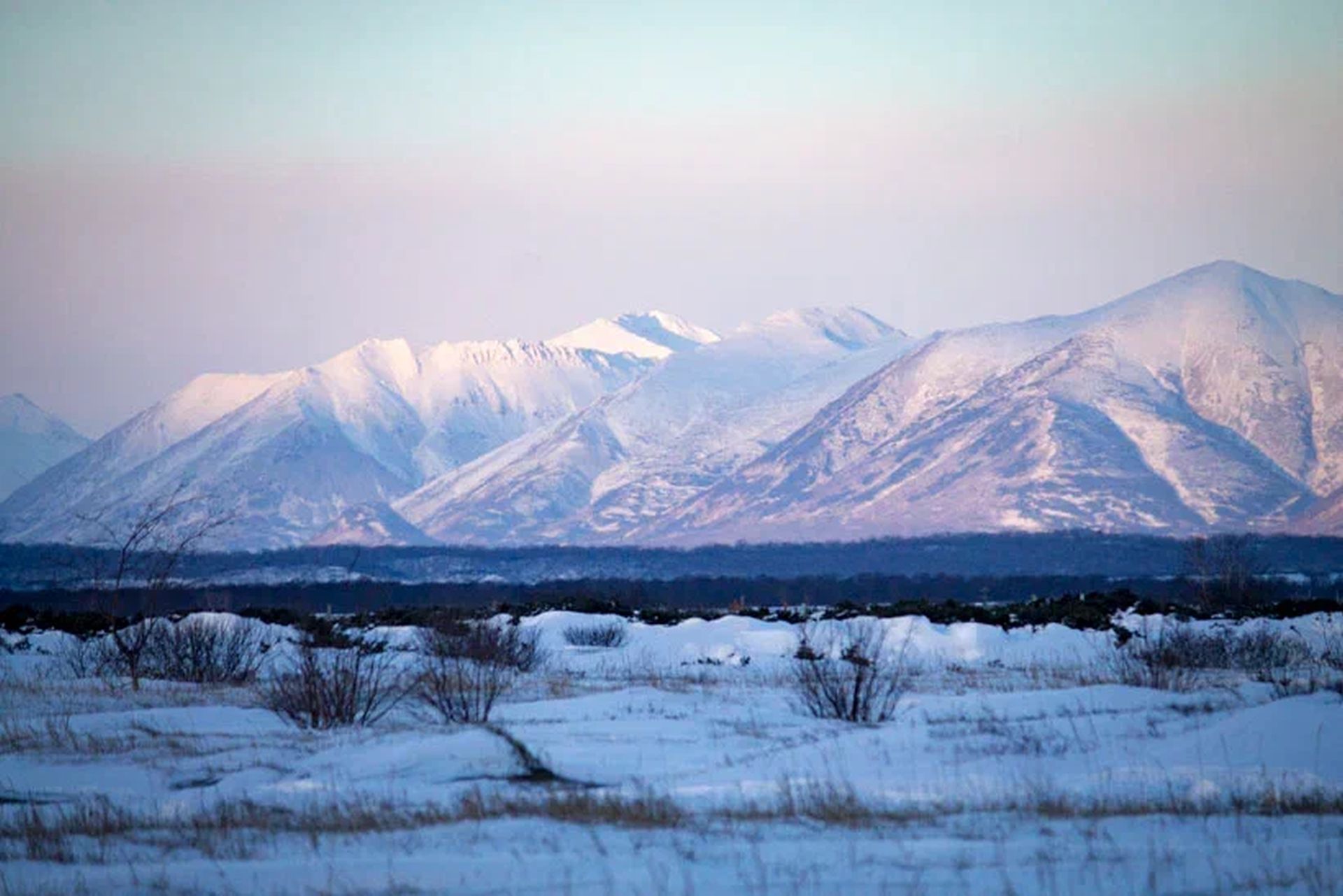
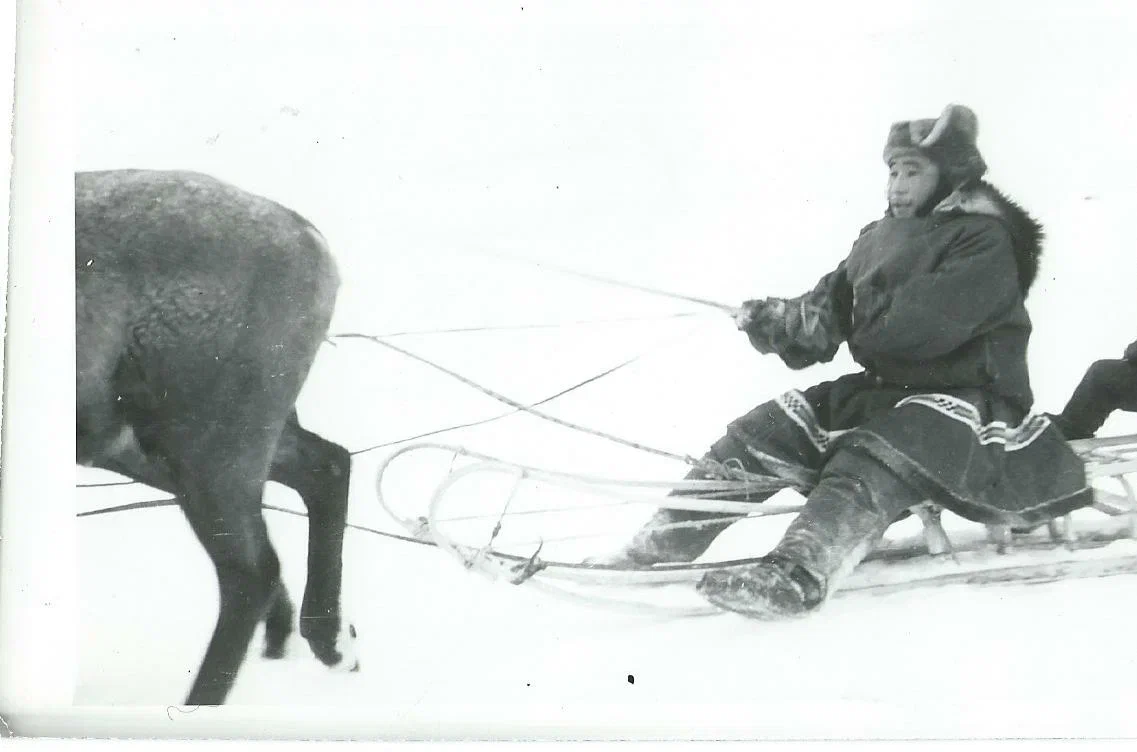
Linguists often use Alyutor as a modern name for the Alyturor dialect, as well as an umbrella term for the dialects of several local (semi-)sedentary groups: Alyutors, Rekinnikov, Palana, and Karagin. These groups inhabited the northern part of the Kamchatka peninsula on both western and eastern shores. Traditionally, Koryak Nymylans were not only marine fishermen and hunters, but also reindeer herders, which is why they were able to roam long distances.